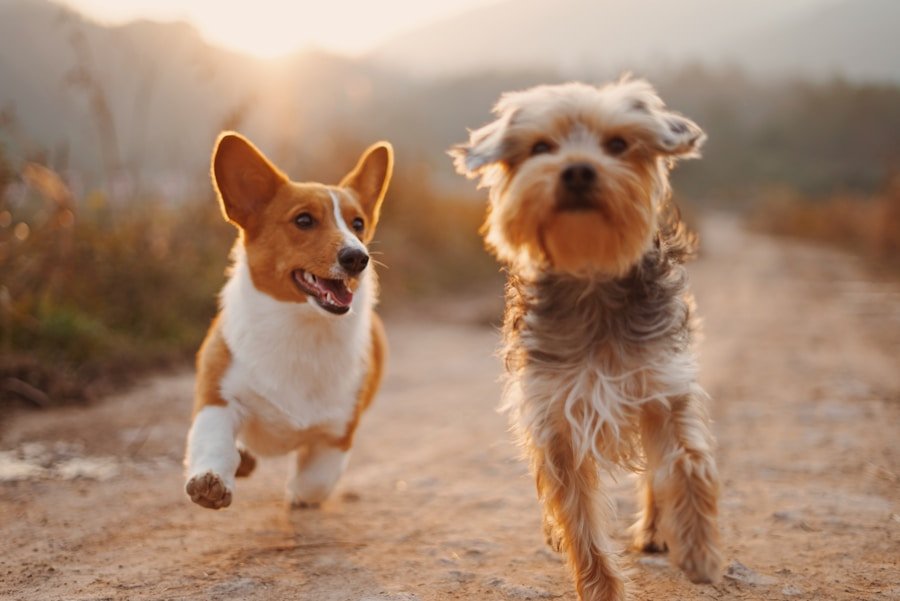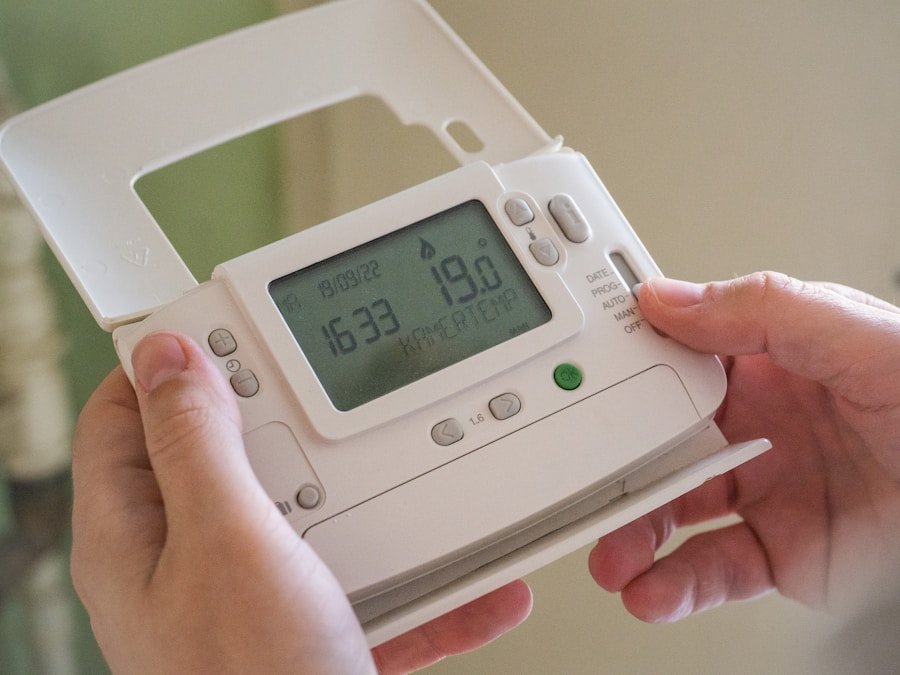Pets, particularly cats and dogs, possess an innate curiosity that often leads them to interact with indoor plants. The allure of greenery and earthy aromas can prompt them to engage with plants in various ways. Cats may exhibit leaf-nibbling or soil-digging behaviors, while dogs may knock over potted plants or chew on foliage.
It is essential to comprehend the underlying reasons for this behavior to address the issue effectively. For cats, plant-chewing may be a means to alleviate boredom or aid digestion, whereas for dogs, it may be a result of teething or attention-seeking. By understanding the motivations behind their behavior, pet owners can develop targeted training techniques to discourage their pets from interacting with indoor plants.
Moreover, it is crucial to acknowledge that some indoor plants can be toxic to pets if ingested, adding an extra layer of urgency to pet training. Many common houseplants, such as lilies, aloe vera, and philodendron, can be harmful to pets if consumed. Therefore, pet owners must take proactive measures to prevent their pets from coming into contact with these potentially dangerous plants.
By understanding pet behavior towards indoor plants and the associated risks, pet owners can take necessary steps to create a safe and pet-friendly environment for their indoor plants.
Key Takeaways
- Understanding pet behavior towards indoor plants is crucial for effective training
- Creating a pet-friendly environment for indoor plants can help prevent unwanted interactions
- Training techniques such as positive reinforcement can discourage pets from interacting with indoor plants
- Providing alternative activities for pets can redirect their attention away from indoor plants
- Implementing deterrents can protect indoor plants from pet interference, but seeking professional help may be necessary for persistent behavior issues
Creating a pet-friendly environment for indoor plants
Strategic Placement and Display
One effective strategy in creating a pet-friendly environment for indoor plants is to place them out of reach of pets. This can be achieved by placing plants on high shelves or using hanging planters. Not only does this prevent pets from accessing the plants, but it also creates a safe and visually appealing display.
Safe Plant Selection
Selecting non-toxic plants that are safe for pets can alleviate concerns about potential harm from ingestion. Pet owners can opt for pet-safe plants such as spider plants, Boston ferns, or air plants to ensure the well-being of their furry companions.
Providing Alternative Activities for Pets
In addition to strategic placement and plant selection, providing alternative activities for pets can redirect their attention away from indoor plants. Interactive toys, puzzle feeders, and designated play areas can keep pets mentally and physically stimulated, reducing their interest in indoor plants. Furthermore, creating a designated space for pets with scratching posts, climbing trees, and cozy beds can help fulfill their natural instincts and minimize their desire to interact with indoor plants. By creating a pet-friendly environment for indoor plants, pet owners can effectively mitigate the risk of pet interference and promote a harmonious coexistence between their pets and their greenery.
Training techniques to discourage pets from interacting with indoor plants
Training pets to leave indoor plants alone requires patience, consistency, and positive reinforcement. One effective training technique is to use verbal cues and commands to discourage pets from approaching indoor plants. By using phrases such as “leave it” or “no touch” consistently when pets show interest in the plants, they can learn to associate these cues with the behavior of leaving the plants alone.
Pairing these verbal cues with a firm but gentle redirection of their attention can help reinforce the desired behavior over time. Another training technique is to use deterrents such as bitter sprays or motion-activated alarms to discourage pets from interacting with indoor plants. Bitter sprays can be applied to the leaves of indoor plants to deter pets from chewing on them, while motion-activated alarms can startle pets when they approach the plants.
These deterrents can help create a negative association with the plants, making them less appealing to pets over time. Additionally, providing ample opportunities for exercise and mental stimulation through regular playtime and training sessions can help reduce boredom and prevent pets from seeking out indoor plants for entertainment.
Using positive reinforcement to teach pets to leave indoor plants alone
| Pet Training Method | Effectiveness | Time Required |
|---|---|---|
| Positive Reinforcement | High | Medium |
| Use of Deterrents | Medium | Low |
| Providing Alternative Chewing Toys | High | Low |
| Training with Commands | Medium | High |
Positive reinforcement is a powerful tool in training pets to leave indoor plants alone. By rewarding desired behaviors with treats, praise, or playtime, pet owners can effectively communicate to their pets what is expected of them. When pets show disinterest in indoor plants or respond to verbal cues to leave them alone, they should be promptly rewarded with positive reinforcement.
This helps reinforce the desired behavior and encourages pets to continue exhibiting it in the future. In addition to using positive reinforcement during training sessions, creating a positive association with alternative activities can further encourage pets to leave indoor plants alone. Providing interactive toys, puzzle feeders, and designated play areas can offer pets an outlet for their energy and curiosity while diverting their attention away from indoor plants.
By consistently reinforcing positive behaviors and providing alternative activities, pet owners can effectively teach their pets to leave indoor plants alone in a positive and encouraging manner.
Providing alternative activities for pets to redirect their attention from indoor plants
Providing alternative activities for pets is essential in redirecting their attention away from indoor plants. Interactive toys such as puzzle feeders, treat-dispensing balls, and feather wands can keep pets mentally and physically engaged, reducing their interest in indoor plants. Additionally, designated play areas with climbing structures, scratching posts, and tunnels can provide pets with outlets for their natural instincts and energy.
Furthermore, engaging in regular playtime and training sessions with pets can help strengthen the bond between pet owners and their furry companions while keeping them entertained and fulfilled. By providing alternative activities that cater to their natural behaviors and instincts, pet owners can effectively redirect their pets’ attention away from indoor plants and minimize their desire to interact with them.
Implementing deterrents to protect indoor plants from pet interference
Deterrents: A Effective Solution
Implementing deterrents is an effective way to protect indoor plants from pet interference. Bitter sprays can be applied to the leaves of indoor plants to deter pets from chewing on them, while motion-activated alarms can startle pets when they approach the plants. These deterrents create a negative association with the plants, making them less appealing to pets over time.
Physical Barriers: An Additional Layer of Protection
Additionally, physical barriers such as plant stands, hanging planters, or mesh enclosures can prevent pets from accessing indoor plants altogether.
Strategic Implementation for a Harmonious Environment
By implementing deterrents strategically and consistently, pet owners can effectively protect their indoor plants from pet interference while promoting a safe and harmonious environment for both their pets and their greenery.
Seeking professional help for persistent pet behavior issues towards indoor plants
In some cases, persistent pet behavior issues towards indoor plants may require professional help. Consulting with a veterinarian or animal behaviorist can provide valuable insights into the underlying reasons behind the behavior and offer tailored solutions for addressing it. A veterinarian can rule out any underlying medical conditions that may be contributing to the behavior, while an animal behaviorist can provide expert guidance on training techniques and behavior modification strategies.
Furthermore, enrolling pets in obedience classes or seeking one-on-one training sessions with a certified dog trainer or cat behavior consultant can offer additional support in addressing persistent behavior issues towards indoor plants. By seeking professional help when needed, pet owners can gain valuable expertise and resources to effectively address pet behavior issues towards indoor plants and promote a harmonious coexistence between their pets and their greenery. In conclusion, training pets to leave indoor plants alone requires a comprehensive understanding of their behavior, creating a pet-friendly environment for indoor plants, implementing effective training techniques, using positive reinforcement, providing alternative activities for pets, implementing deterrents, and seeking professional help when needed.
By taking proactive measures and employing consistent training methods, pet owners can effectively discourage their pets from interacting with indoor plants while promoting a safe and harmonious environment for both their furry companions and their greenery.
FAQs
What are some common methods for training pets to leave indoor plants alone?
Some common methods for training pets to leave indoor plants alone include using deterrent sprays, providing alternative chew toys, using positive reinforcement, and creating physical barriers around the plants.
What are some pet-friendly deterrent sprays that can be used to keep pets away from indoor plants?
There are several pet-friendly deterrent sprays available on the market that use natural ingredients such as bitter apple, citrus, or vinegar to discourage pets from chewing on indoor plants. These sprays are safe to use around pets and can be applied directly to the plants or the surrounding area.
How can positive reinforcement be used to train pets to leave indoor plants alone?
Positive reinforcement can be used to train pets to leave indoor plants alone by rewarding them with treats or praise when they exhibit the desired behavior of ignoring the plants. This can help to reinforce the idea that leaving the plants alone is a positive behavior.
What are some examples of physical barriers that can be used to protect indoor plants from pets?
Physical barriers such as wire mesh, plant stands, or decorative fencing can be used to create a barrier between pets and indoor plants. These barriers can help to prevent pets from accessing the plants and reduce the likelihood of them being chewed or damaged.
Are there any indoor plants that are safe for pets to be around?
Yes, there are several indoor plants that are safe for pets to be around, including spider plants, Boston ferns, and African violets. It’s important to research and choose plants that are non-toxic to pets if you have animals in your home.


